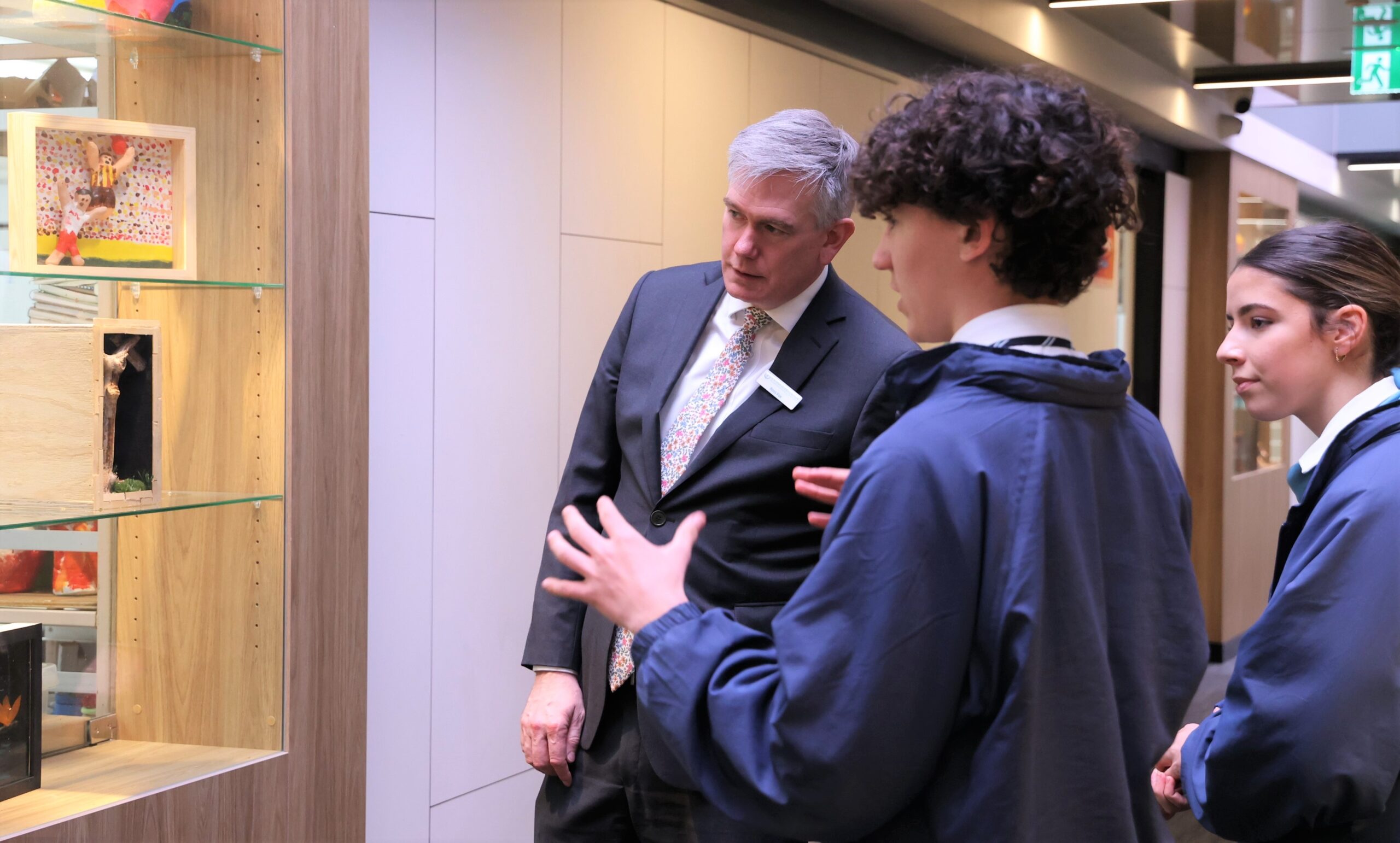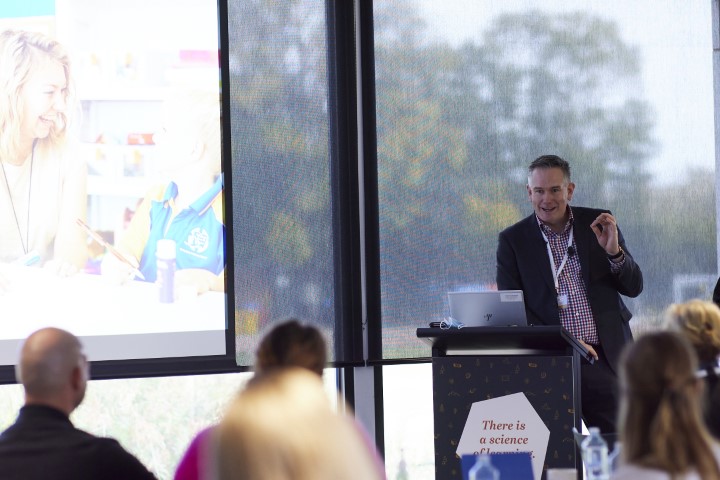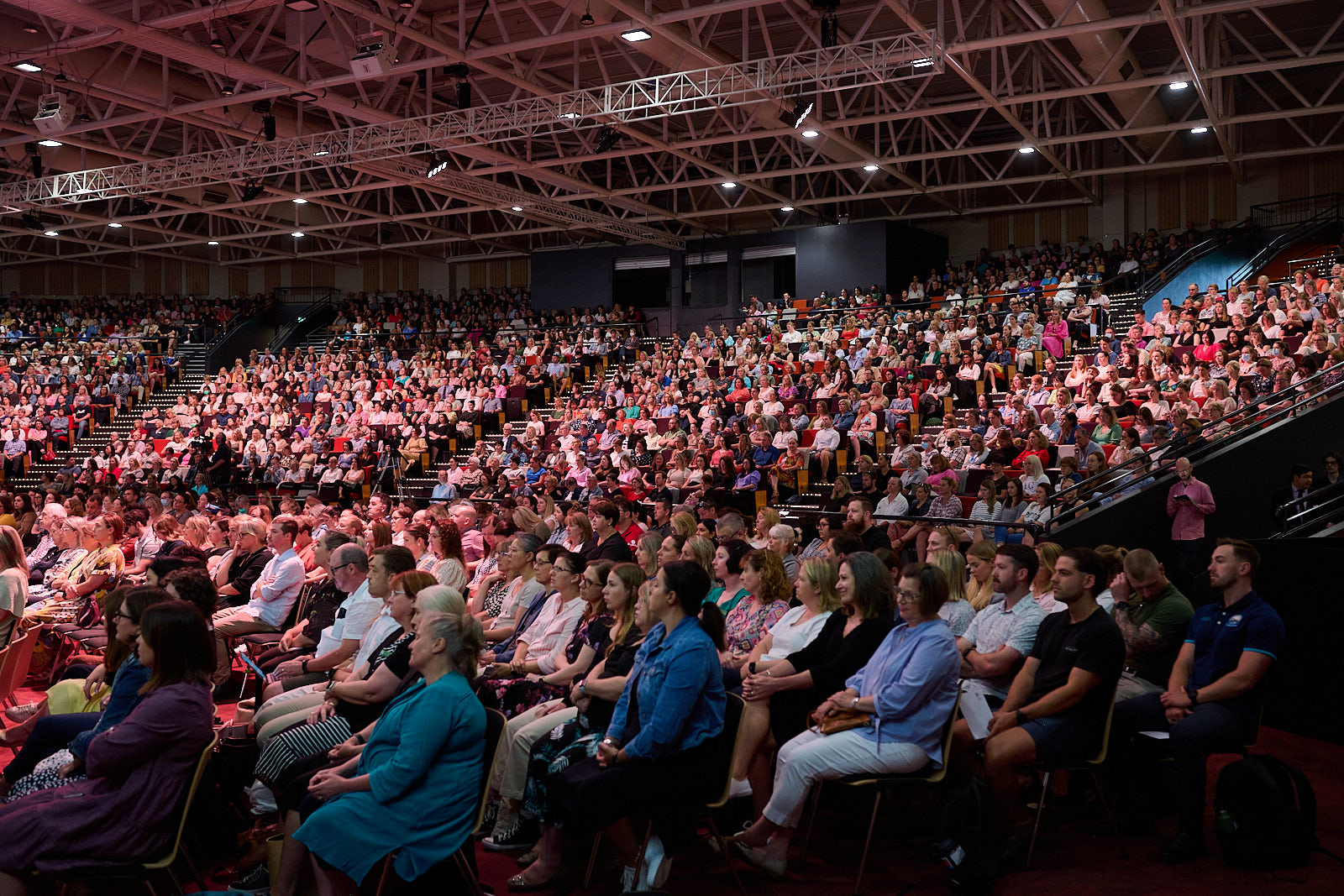By meeting students at their level, St Mary’s Primary School, Moruya ensures students experience success and growth in their learning.

Moruya, NSW
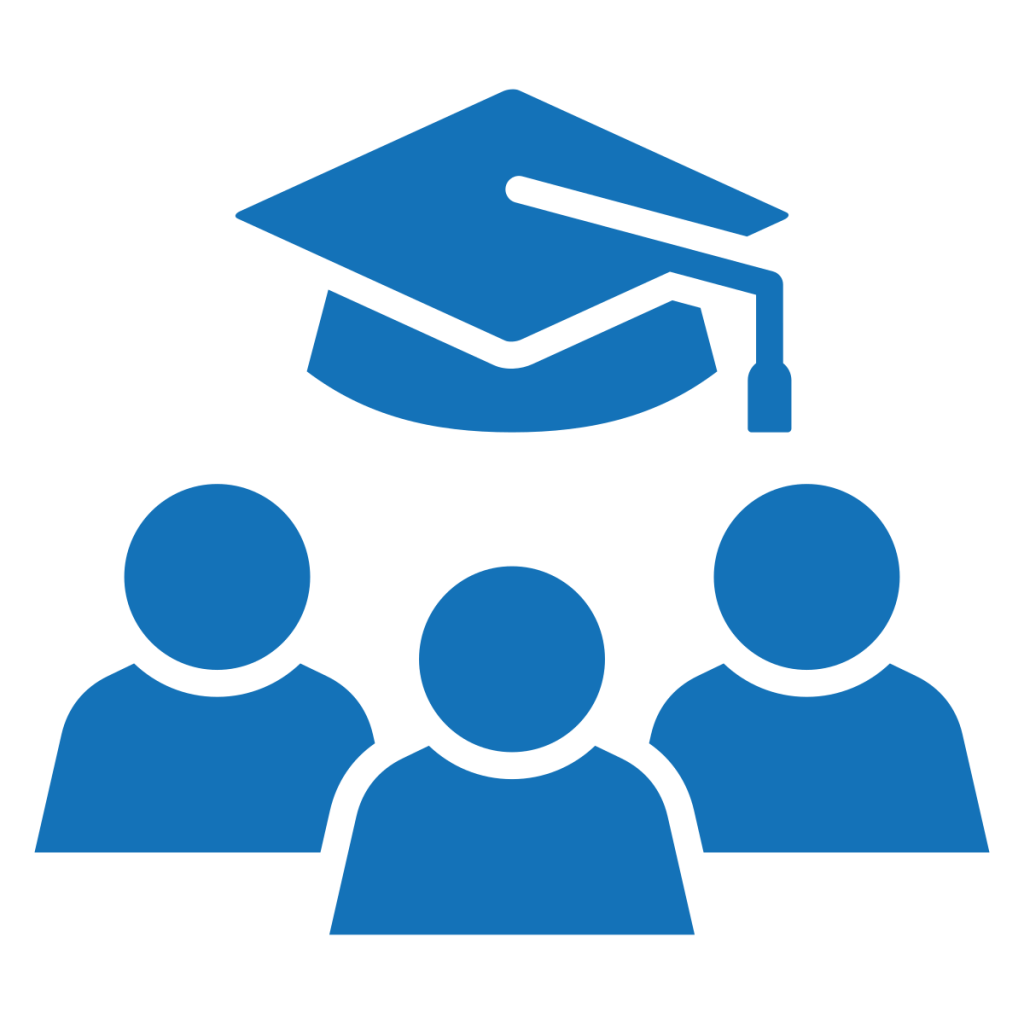
183 Students
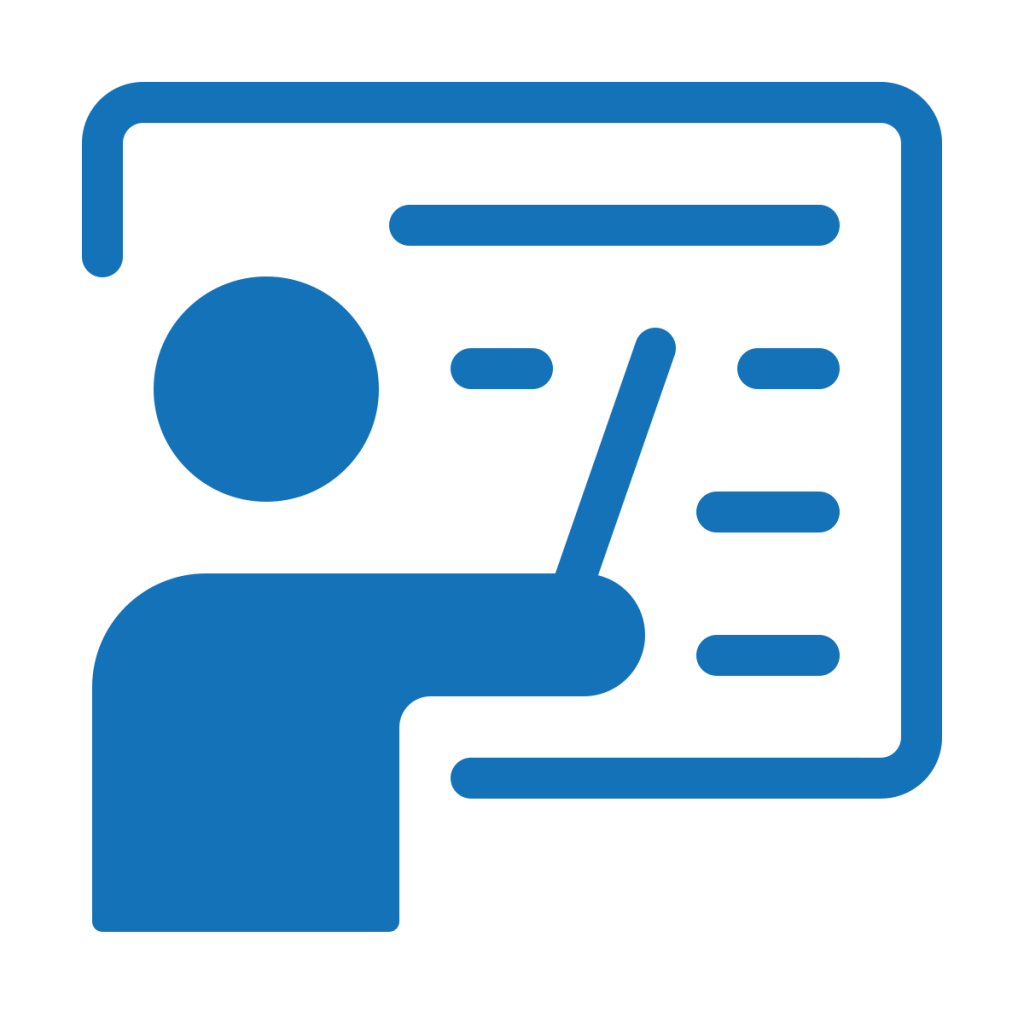
11 Teachers
A small school with big aspirations, St Mary’s Primary School in Moruya has embraced a shift to evidence-based practices. With skilled staff committed to self-improvement and supported by knowledgeable leaders, students are finding success and deeper engagement in their learning.
Evidence-based practice is enhanced by continuous collaboration and selfimprovement
Since 2021, St Mary’s has been busy training all staff in ‘High Impact Teaching Practice (HITP) which reflect the evidence for how to teach all students most effectively. Combined with high-quality curriculum resources developed by Catholic Education Canberra Goulburn (CECG), this ensures that students take continuous steps in their learning throughout the entire school year. Staff have embraced this way of teaching and observe the positive impacts on their students daily.
“It’s the best thing I’ve seen since I started teaching.” (Classroom teacher)
Understanding that there are always opportunities for improvement, the school has laid the groundwork for a coaching program in which teachers receive feedback to help improve their practice. In addition, there is a strong emphasis on collecting assessment data at different points throughout the year to see how students are tracking in their learning. Teachers use this information to inform their daily lesson plans, ensuring they are best meeting the needs of their students. The school’s leaders also analyse this data to determine where individual students may need more intensive support.
“We are encouraged to look to the lesson and the children we have.” (Classroom teacher)
St Mary’s is part of the K-12 pathway in the NSW South Coast, along with Carroll College in Broulee and St Bernard’s Primary School in Batemans Bay. There is strong alignment in the teaching and learning approach at each school, and staff from all schools engage in professional learning together. This collaboration facilitates smooth transitions into secondary school and expands the peer expertise to which every teacher has access.
St Mary’s prioritises time to build critical literacy and numeracy skills
The school understands the importance of students learning to read, spell, and become proficient in
mathematics. Therefore, students spend the first three hours of each day from Monday to Thursday
engaged in literacy (reading and spelling) and numeracy programs. Students are grouped according to
their learning levels to ensure they face the right amount of challenge, leading to greater confidence.
“We have high expectations of the students, and they have risen to the challenge.” (Classroom Teacher)
Although they may not be taught by their usual classroom teacher during this time, staff communicate actively about student progress, which the school aims to improve further. Outside of this time, students stay with their year level class group, ensuring a strong connection with their teachers and classmates. During these periods, students focus on writing, studying novels, Science, Geography, and Religion.
The success of the students is leading to greater engagement in and excitement
about learning.
Teachers observe that the students are more excited about their learning. This comes from students’ growing confidence from the successes they experience. The routine and structure the teachers put into their lessons ensures that students know what to expect in every class, even between different teachers, and are therefore more engaged and focused.
“Seeing the kids growing, knowing what’s expected, the structure, language. It’s all been really good.” (Classroom Teacher)
With a new Principal at the helm, 2025 will see the school continue to support
teachers improve how they teach and provide support to students.
The school will welcome a new Principal at the start of 2025. Coming from one of their local partner schools, staff are looking forward to building on the progress made so far. Key focuses will include getting their teacher coaching program up and running, and ensuring teachers can collaborate in teams more frequently to analyse and discuss student data.
External Analysis delivered by

To measure the outcomes and impact of the Catalyst program, CECG engaged Deloitte Access Economics (DAE) for an external analysis. Starting in January 2022, DAE evaluated Catalyst’s effectiveness on schools. Their final report includes six case studies from diverse schools in the Archdiocese, highlighting academic achievements for students and advocacy impacts for teachers, along with areas for improvement.
